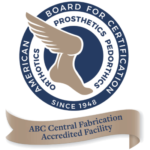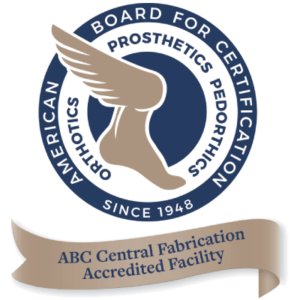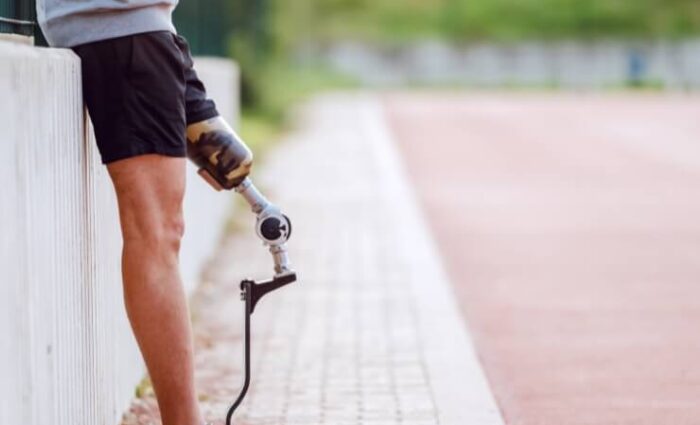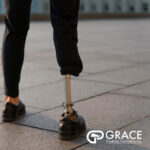What are a few leg prosthetic socket advancements for 2024?
In the ever-evolving field of prosthetics, technological advancements continue to shape the landscape, offering new possibilities and improved outcomes for patients. Among the various types of prosthetics, leg prosthetics have witnessed significant progress, enhancing the lives of amputees in unprecedented ways. Today, we will delve into the latest technologies in leg prosthetics, providing valuable insights for doctors navigating the world of custom prosthetic fabrication.
Custom Prosthetic Devices
One of the key breakthroughs in prosthetic fabrication is the development of custom prosthetic devices. Gone are the days of one-size-fits-all solutions; now, prosthetics can be tailored to meet the unique needs of each individual. Custom prosthetic sockets play a crucial role in ensuring a comfortable fit, promoting better mobility, and reducing the risk of complications associated with ill-fitting prosthetics.
Prosthetic Development and Residual Limb Care
Prosthetic development has come a long way, with innovations focused on improving the functionality and aesthetics of artificial limbs. The process often begins with creating precise molds using advanced materials, replacing traditional plaster casts. This not only streamlines the fabrication process but also contributes to the overall comfort of the patient.
Knee and Ankle Joints
Advancements in knee and ankle joint technology have significantly impacted the mobility of leg prosthetic users. The integration of sophisticated knee joints enables a more natural gait, providing users with increased stability and confidence during various activities. From everyday tasks to engaging in recreational activities, these joints enhance the overall quality of life for prosthetic limb users.
Types of Prosthetic Limbs
Understanding the different types of prosthetic limbs is essential for doctors to guide their patients through the decision-making process. Single-axis knee prostheses, for example, offer simplicity and reliability, making them suitable for individuals with a lower activity level. On the other hand, multi-axis knee prostheses are designed for those with a higher activity level, accommodating a wider range of movements.
Physical Therapy and Assistive Devices
The role of physical therapy in prosthetic rehabilitation cannot be overstated. Doctors should emphasize the importance of incorporating assistive devices and targeted exercises to optimize the use of prosthetics. Tailored rehabilitation plans contribute to improved muscle strength, flexibility, and overall functionality, ensuring a smoother transition to using prosthetic limbs.
Phantom Limb Pain and Prosthetic Solutions
For many amputees, phantom limb pain remains a challenge. Fortunately, prosthetic solutions, such as advanced prosthetic knee designs, contribute to minimizing discomfort and enhancing the overall experience for patients. Addressing phantom limb pain is an integral part of the holistic care provided by prosthetic fabrication specialists.
Contact Grace Prosthetic Fabrication for More Information
The field of prosthetic fabrication has seen remarkable advancements, offering patients a new lease on life. Doctors play a pivotal role in guiding their patients through the myriad of options available. Grace Prosthetic Fabrication stands at the forefront of these innovations, combining expertise with cutting-edge technology.
If you are a healthcare professional seeking the best solutions for your patients, consider partnering with Grace Prosthetic Fabrication. Schedule a consultation today to explore the possibilities of custom prosthetic devices and contribute to the improved well-being of your patients.






